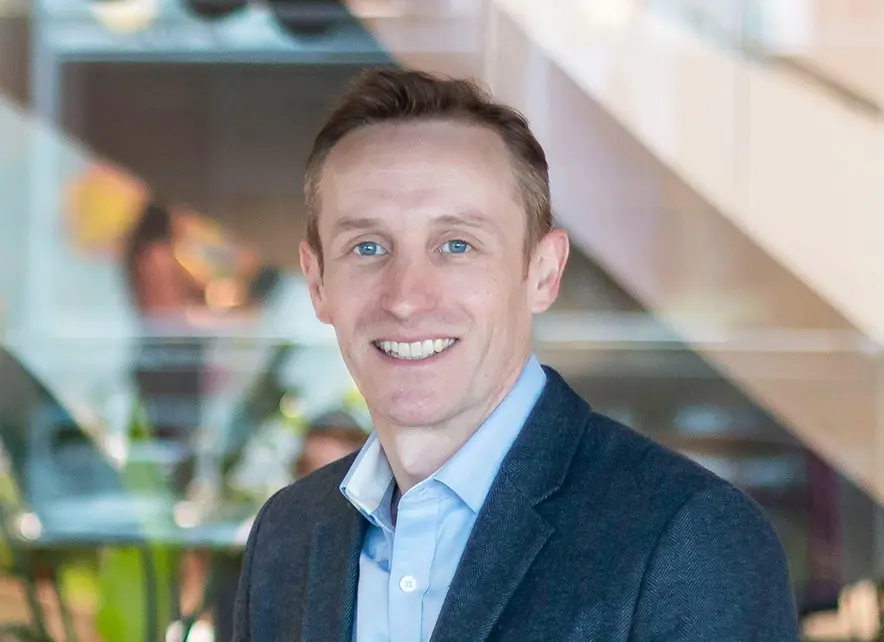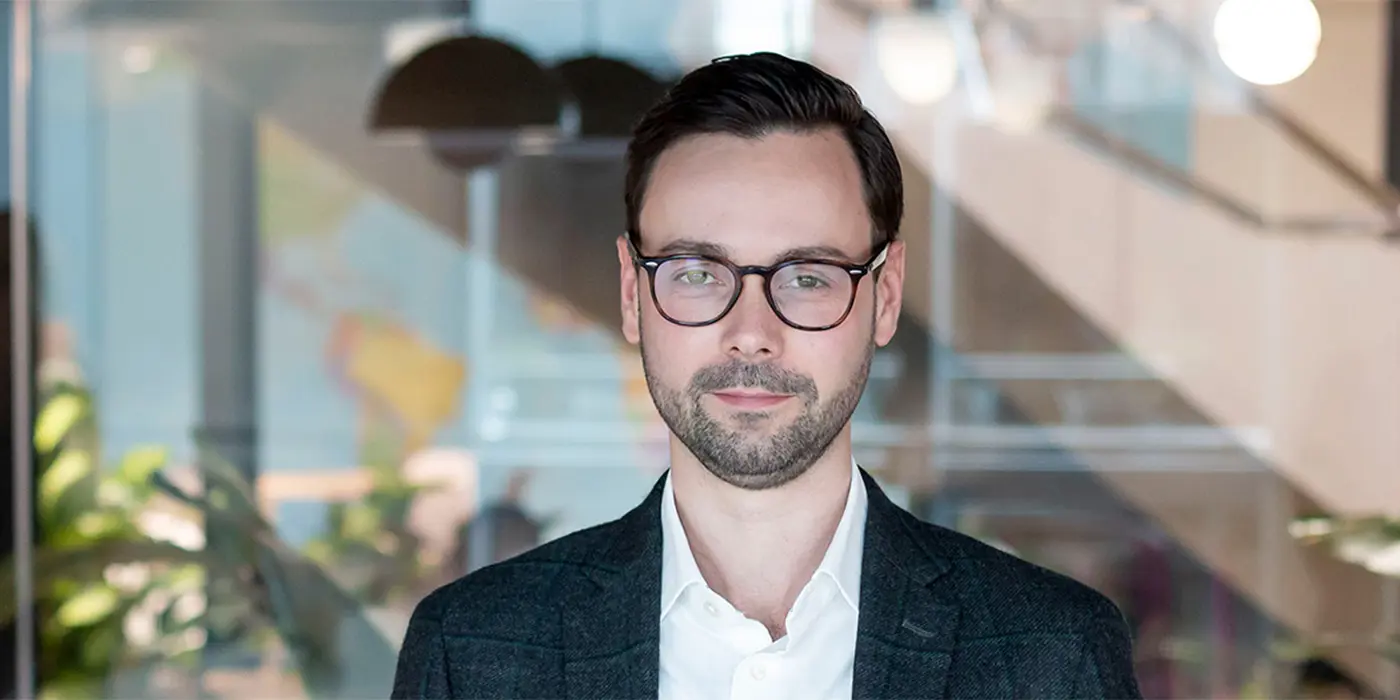
Achieving a step change in operational excellence by leveraging automation and AI across your end-to-end processes
7 min read 11 November 2025
Telecoms providers across the globe face a fundamental dilemma. Core products and services are becoming commodities, making it difficult to raise prices. As a result, revenue growth remains muted. Some estimates project that industry revenues will rise at a compound annual growth rate (CAGR) of just 1% between 2024 and 2029.
This tepid growth trajectory is unfolding against a backdrop of continued heavy capital investment needed for network modernisation and technology replacement. Costs also remain high across the board, creating an increasingly challenging equation for achieving healthy margins.
These twin pressures are pushing players in the telecommunications ecosystem to find new ways of creating value and driving efficiencies in the business. Some have turned to consolidation and carve-outs to achieve greater economies of scale and shed non-core assets, continuing a trend of sustained merger and acquisition (M&A) activity over the past decade.
More significantly, the nature and scale of these transactions is changing. Private equity has recently started playing a more active role in telco M&A deals. Operator consolidation is also on the rise, with regulators approving major mergers such as the one between the UK’s Vodafone and Three in May 2025.
Whether a business is looking to run leaner following M&A activity or to improve its standing in an increasingly challenging competitive environment, one thing is certain. Telcos cannot afford to rely on the same old formula for improving operational efficiency.
Traditional approaches to cost management – typically focused on discrete operational areas or short-term expense reduction – have proved to be inadequate to meet current market realities. Today’s operators must tackle the root causes of inefficiency whilst setting up people and operations to perform exceptionally and intelligently over the long term. It demands a fundamental shift in how telcos approach efficiency itself, moving from reactive cost-cutting to proactive performance optimisation that is increasingly enabled by automation, AI, and agentic systems that augment human decision-making and streamline complex operations.
This is where operational excellence becomes a vital differentiator
Operational excellence offers critical support to telecoms providers by addressing these challenges through optimised, automated and AI-led processes, enhanced collaboration, and sustained efficiency gains. Leading telcos are now adopting operational efficiency, driven by intelligent automation, machine learning, and Lean principles, pioneered by manufacturing giants and perfected by big tech companies, to unlock competitive advantage through relentless efficiency improvements.
To help our telco clients reach similar heights of efficiency, Baringa champions an approach to operational excellence grounded in holistic improvement. We examine an organisation's operational processes, people and technology landscape end-to-end, delivering change across front and back-office functions. This comprehensive approach ensures clients unlock continuous optimisation and lasting value across and throughout the business, from the bottom up.
From practice to proven methodology
Over the years, we’ve distilled the very best of our operational excellence thinking, concepts, and tools (including AI and Agentic) into a proprietary methodology – ‘The 3D Workplace’. It offers a practical, rapid-impact way to deliver and sustain continuous improvement across the business.
As its name suggests, our 3D methodology is anchored around three core concepts:
- Team by Team. We improve teams’ ways of working and outcomes through alignment of purpose to customer needs and behaviours. We establish end-to-end measures and KPIs of customer value delivery to break down silos across the organisation. We sharpen demand and capacity controls through AI-enabled visual management, team huddles, and delivery of continuous improvement initiatives. By combining human expertise with intelligent automation, the Team by Team toolkit helps organisations operate as bionic enterprises, where technology amplifies human potential. A recent client used this approach to identify, commit to, and deliver £7m of annualised Opex benefits across front and back-office functions.
- End to end. We apply process diagnostics, pain-point analysis, and optimisation to improve cycle times and quality. Our approach is to reimagine end-to-end operations by placing the customer, enabled by Digital and AI capabilities, at the heart of process redesign, rather than retrofitting automation to legacy process and workflows. This means work is reorganised around the human and technology, enabling transformative change and unlocking new efficiencies. For example, working with a complaints organisation, operational redesign enabled by AI led to the automated routing, validation, and categorisation for 50% of inbound cases, whilst reducing end-to-end lead times by 57%.
- Again and again. We embed within our clients’ teams to build lasting operational excellence capability within the organisation, ensuring self-sustaining practice and efficiency improvements to maintain transformation. We apply a ‘see one, do one, lead one’ approach, to develop internal Centre of Excellence and capability, which includes AI and automation skills as organisations adopt and develop these critical skills internally. We also help operational teams to gain accreditation in Lean practices, further building capability to deliver continuous improvement. At a recent client, we embedded within their teams to develop their operational excellence capability of 25 ‘3D business coaches’ who are now self-sufficient in delivering 3D projects across the business.
Designed for people empowerment
The 3D methodology distinguishes itself through a fundamental principle – sustainable change requires developing capability at every level of the organisation, not simply implementing solutions from above.
That’s why our approach operates on two parallel tracks. The leadership track equips leaders with the mindset and tools to champion change effectively, and cultivates transparent leadership practices that build empowerment and trust across teams. It also faces into a common challenge by helping senior leaders understand how emerging tech and AI can fit within their current operations. This foundation fosters an environment where continuous improvement becomes embedded in organisational culture. Simultaneously, we work directly with operational teams – the people who understand the work intimately, can identify real challenges, and often hold the most valuable insights for addressing them.
This dual-track model ensures that change emerges organically from within the organisation rather than being imposed externally. By the end of a 3D engagement, teams feel genuinely empowered because transformation has been driven both from the operational frontline and from leadership, creating alignment and shared ownership across the business.
Building capability that endures
Central to our methodology is a commitment to upskilling. This sustains the change, and equips people to embed operational excellence thinking and improvements within their day-to-day work, while developing critical AI literacy and automation skills to future-proof the workforce. In one recent engagement with a workforce of more than 5,000 people, we supported 20% of employees in gaining Lean competency industry accreditation, a substantial investment in long-term organisational capability.
This focus on development yields significant benefits for employee morale and engagement. During challenging periods like mergers, acquisitions, or large-scale transformation programmes, equipping teams to own improvements provides a sense of agency and accomplishment. Similarly, by making people's day-to-day work more efficient and less frustrating, we drive meaningful improvements in both engagement and fulfilment.
Delivering measurable commercial impact
The 3D methodology consistently delivers tangible financial returns. Baringa clients typically realise 15-20% OPEX efficiencies, representing approximately 3-5x return on investment (ROI) within the first year.
These bottom-line improvements provide organisations with invaluable flexibility. They can choose to reinvest the savings in growth initiatives, strengthening their competitive position, or improving profitability in line with strategic priorities.
Meeting the moment
With revenues constrained by commoditisation and costs continuing to rise, telcos need fresh strategies to bridge the gap between where their operations stand today and where they need to be tomorrow.
Through the 3D methodology, Baringa helps telcos deliver this differentiated change. Acknowledging that technology alone won’t drive next-level operational excellence, our approach transforms the interplay between people, processes, and technology, enabling operators to focus on what truly matters – strategic priorities, customer value, and enhanced bottom-line results that create room to invest in the future.
Whether you're navigating post-merger integration, seeking to unlock efficiencies in network operations, or building differentiated next gen technology-enabled capabilities for an increasingly commoditised market, Baringa can help you chart your best path forward. Get in touch with our team to learn more.
Our Experts



Related Insights

Bridge the gap between Telco and Techco with AI-driven customer experience
Telcos stand at a crossroads. Networks are commoditising and products are converging, while new, disruptive technologies and competitors rewrite the rules of engagement. These shifts are compelling telecoms companies to rethink their traditional roles as connectivity providers.
Read more
From telco to techco: Why telecoms must transform for a new era of communications and technology convergence
The telecoms industry is facing an existential moment. As traditional models come under increasing pressure, telecoms companies must evolve beyond their traditional role as connectivity providers and reposition themselves as techcos.
Read moreIs digital and AI delivering what your business needs?
Digital and AI can solve your toughest challenges and elevate your business performance. But success isn’t always straightforward. Where can you unlock opportunity? And what does it take to set the foundation for lasting success?